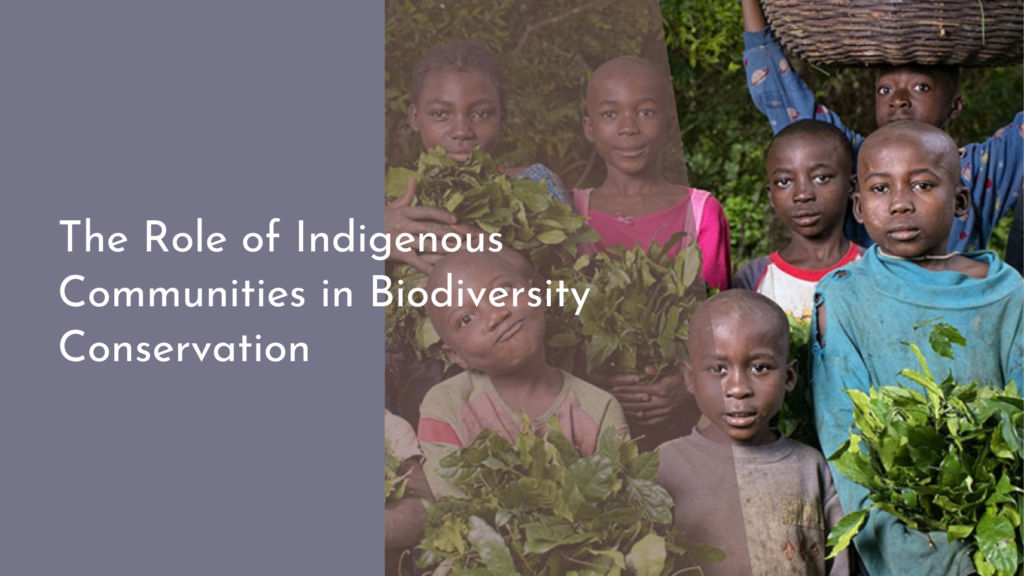Different Types of Composting: Which is Right for You?
Composting is a fantastic way to recycle organic waste, enrich soil, and reduce your carbon footprint. However, with so many composting methods available, it can be challenging to determine which one suits your needs and lifestyle best. This article will guide you through the basics of composting, explore traditional and advanced methods, and help you find the perfect composting method for your situation. Whether you’re a novice gardener or an experienced eco-warrior, there’s a composting style that’s just right for you!
Understanding the Basics of Composting
Composting is the natural process of breaking down organic materials into a rich, soil-like substance known as compost. This process requires four essential components: greens, browns, water, and air. Greens include nitrogen-rich materials such as fruit and vegetable scraps, coffee grounds, and grass clippings. Browns, on the other hand, are carbon-rich materials like dried leaves, straw, and cardboard. The right balance of greens and browns, along with adequate moisture and airflow, creates an ideal environment for microorganisms to thrive and break down the materials.
Composting offers numerous benefits, both for the environment and your garden. By diverting organic waste from landfills, composting reduces methane emissions and contributes to a more sustainable waste management system. Additionally, the resulting compost enriches soil, improves its structure, and helps retain moisture, which can lead to healthier plants and better crop yields. Whether you’re an urban dweller with limited space or someone with a large backyard, understanding the fundamentals of composting can help you make a positive impact on the environment.
Exploring Traditional Composting Methods
Traditional composting methods have been used for centuries and are often the simplest and most cost-effective way to start composting. One of the most common traditional methods is the backyard compost pile, which involves layering organic materials in a designated area of your garden. This method is ideal for those with ample outdoor space and can handle larger volumes of organic waste. By turning the pile regularly, you can ensure proper aeration and faster decomposition.
Another traditional method is the compost bin, which offers a more contained and organized approach. Compost bins come in various sizes and styles, from DIY setups made with wooden pallets to commercially manufactured bins. These are perfect for those who want a neater composting solution and can fit well in smaller gardens or urban areas. Both backyard piles and compost bins rely on the same principles of balancing greens and browns and providing adequate moisture and airflow to produce high-quality compost.
Discovering Advanced Composting Techniques
For those seeking more efficient or innovative composting techniques, advanced options like vermicomposting and Bokashi composting offer unique benefits. Vermicomposting employs red worms to break down organic waste, resulting in nutrient-rich worm castings. This method is particularly useful for small-scale composting and can be done indoors or outdoors, making it ideal for apartment dwellers or those with limited space. Worm bins can be purchased or built at home, and with proper maintenance, they produce high-quality compost relatively quickly.
Bokashi composting, originating from Japan, is another advanced method that uses a fermentation process to break down organic waste. This technique involves mixing food scraps with a Bokashi bran inoculated with beneficial microorganisms, which ferment the waste in an airtight container. Bokashi composting is effective for dealing with a broader range of organic materials, including meat and dairy products, which are typically avoided in traditional composting. It is particularly suited for urban environments due to its compact and odorless nature.
Choosing the Perfect Composting Method for You
When choosing the right composting method, consider factors such as space, time commitment, and the type of waste you generate. If you have a large outdoor area and produce a significant amount of garden waste, a traditional backyard pile or bin might be the best fit. These methods are relatively low-maintenance and can handle larger volumes of material. For those with less space or who want a tidier solution, a compost bin offers a more contained approach without sacrificing the benefits of traditional composting.
For apartment dwellers or anyone looking for innovative solutions, advanced methods like vermicomposting or Bokashi composting may be more appropriate. These techniques are ideal for smaller spaces and can manage kitchen waste effectively, with the added benefits of producing high-quality compost quickly and efficiently. Consider your lifestyle and composting goals to select a method that aligns with your needs, ensuring a rewarding and environmentally friendly composting experience.
Composting is a powerful way to contribute to a healthier planet while benefiting your garden or indoor plants. By understanding the different composting methods available, you can choose the one that best fits your lifestyle and environmental goals. Whether you opt for a traditional backyard method or an advanced technique like Bokashi or vermicomposting, you’ll be playing a vital role in reducing waste and nurturing the earth. Happy composting!


